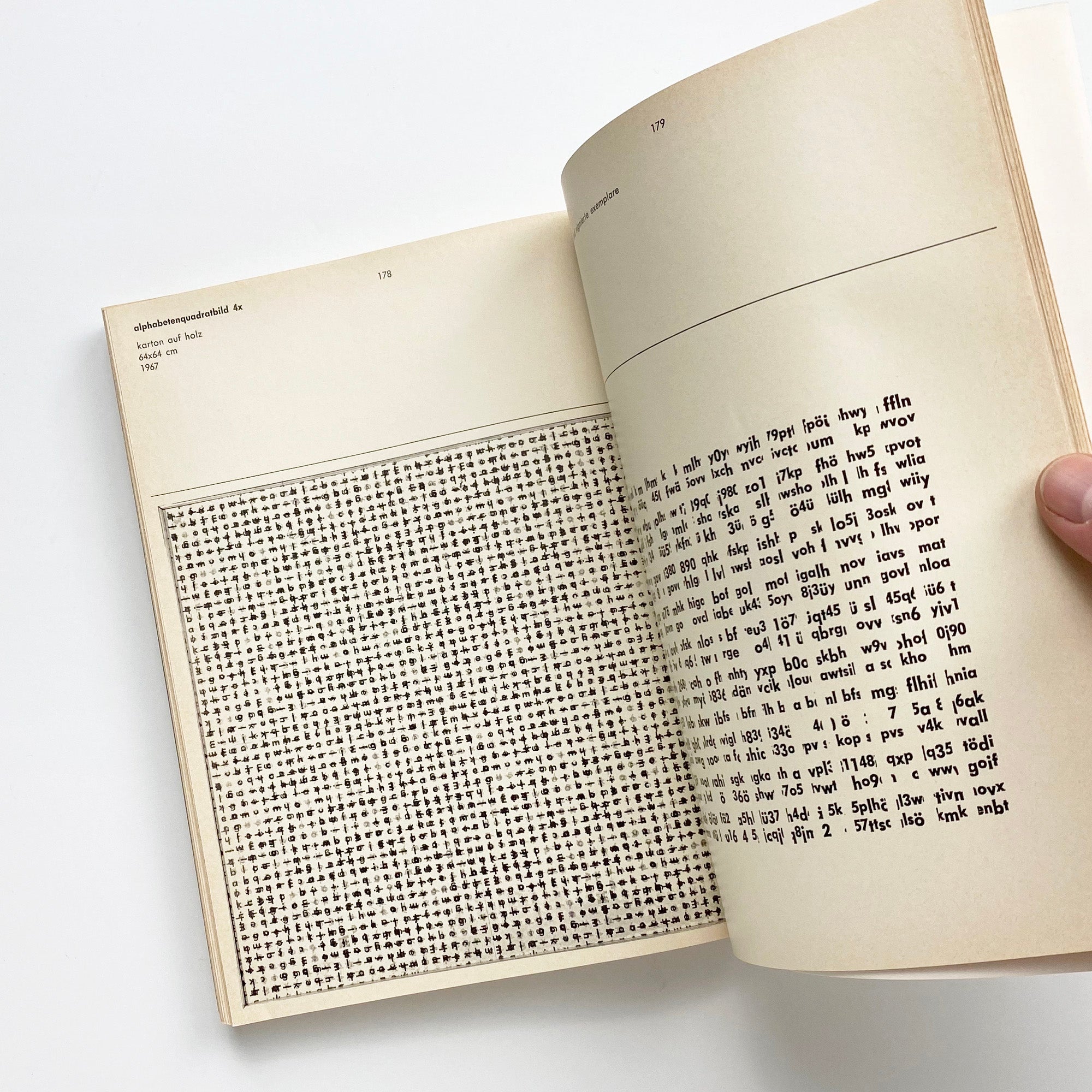 Moving mountains & mounting transitions
Moving mountains & mounting transitions
2 days on “editorial thinking” with OEI at Index – The Swedish Contemporary Art Foundation
This event will be live-streamed via Index’ Twitch channel: www.twitch.tv/indexfoundation
Saturday April 10 and Sunday April 11, 14:00-17:00
On the occasion of the exhibition Editorial Thinking at Index, OEI magazine organizes a two-day event, inviting artists, editors, publishers, writers, and scholars to reflect on the notion of “editorial thinking” in relation to their different practices. Each day will comprise two sessions and will be live streamed via Twitch. The talks take in conversations around editing and publishing as artistic and literary practices, as well as focusing on new and latest publications by OEI.
Guests include Alice Centamore, Pierre Paulin, Michalis Pichler, Nils Olsson, Sezgin Boynik, Lytle Shaw, Axel Andersson.
Saturday 10 April, 14:00-17:00
Addressing “(im)proper places for other books”, Michalis Pichler will talk about historical and recent initiatives of artists who have tried to break out of the process of cultural confinement of their books. This talk will be followed by a short lecture by Nils Olsson on editorial practices taking its cue from Walter Benjamin’s “The author as producer”. Joining us from Paris, Pierre Paulin and Alice Centamore will focus on editing and publishing through the lenses of art, poetry, archives, and curating.
Sunday 11 April, 14:00-17:00
After an introduction to some of the complexities between fieldwork and editing by Jonas (J) Magnusson & Cecilia Grönberg, Lytle Shaw will talk about his new book New Grounds for Dutch Landscape (OEI editör), where he uses an experimental, site-specific method to demonstrate how 17th century painters Jan van Goyen, Jacob van Ruisdael, and Meindert Hobbema did not so much represent the newly made landscape of Holland as re-enact its reclamation and ongoing threats to its stability.
Axel Andersson presents his new book Negative Geology – A Cultural and Technical History of Early European Mountaineering (OEI editör), on mountaineering before Romanticism, which traces the interconnected developments in literature, visual arts, philosophy and technology contributing to the continent’s intense interest in mountains. Sezgin Boynik, the guest editor of the latest issue of OEI, #90–91: “Sickle of Syntax & Hammer of Tautology. Concrete and Visual Poetry in Yugoslavia, 1968–1983”, tackles the question of how to edit avantgarde archives while introducing this new OEI issue.
*** Continua a leggere→







